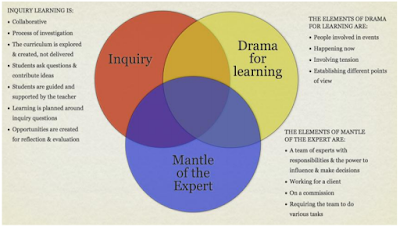Stretching in Different Ways
It's a Saturday in March and instead of filling the day with housework, gardening or family, I attended the annual Auckland PMA (Primary Mathematics Association). As always, I have come away with a mind full of brilliant ideas to explore and implement within my classroom. One of my takeaways was the importance of 'Warm-Ups' prior to a maths session.
I will be the first to admit that my warm-ups have been getting a little stale. It's all too easy for me to revert to the 'same old, same old' when I'm 'time poor' and feeling swamped with assessment and other administrative items that need to be completed. My learners have appeared to be enthusiastic about the warm-up activities that I have been using, but I was beginning to wonder whether there were any alternatives. The stretches that I do before a walk are different to those that I do before a run. Should I apply this thinking to the stretching that my learners do before maths? Should they be doing a different stretch that would best match the learning and thinking that will follow?
Well today, Marie (specialaddition.co.nz) and Jo (mathsdevelopment.co.nz) were my PTs. They have opened my eyes to a range of possible warm-up activities, and as each one was explored I began to see the value in how each one could support new learning, or help to reinforce previous learning. Many of the activities included 'Number Talks' (I'll do a post on this another time), which enabled rich discussion about choices as often there was more than one answer. These a just a few of the websites to support my new warm-up stretching routines:
In addition to the above, there are also warm-up activities with popsicle sticks, venn diagrams and cards. My biggest problem will be to limit the time for my warm-ups (ideally 10 snappy minutes) so that I allow time for the learners to get out and 'run'.







